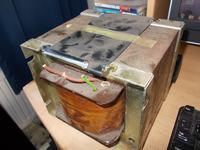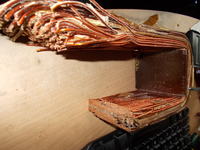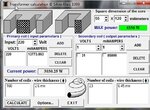kees52
Junior Member level 1

- Joined
- Jul 31, 2009
- Messages
- 15
- Helped
- 2
- Reputation
- 4
- Reaction score
- 2
- Trophy points
- 1,283
- Location
- the netherlands
- Activity points
- 1,422
Hi There
I have a welder who has broken trafo, and I want to make a new one, this time with a triac amp adjuster on the primairy who is posted here
around, I have found a schematic also but can I use the torch button with that ? it is a co2 welder and I do not now if the triac get in problem when
I switch on and of on the primairy where this adjuster is connected. Or is it better to use a secondairy scr system?
I have a bunch weld inverter schematics from 100 to 140 amp, and have a core also, maybe this is even better way to go.
thanks in advance.
kees
I have a welder who has broken trafo, and I want to make a new one, this time with a triac amp adjuster on the primairy who is posted here
around, I have found a schematic also but can I use the torch button with that ? it is a co2 welder and I do not now if the triac get in problem when
I switch on and of on the primairy where this adjuster is connected. Or is it better to use a secondairy scr system?
I have a bunch weld inverter schematics from 100 to 140 amp, and have a core also, maybe this is even better way to go.
thanks in advance.
kees




